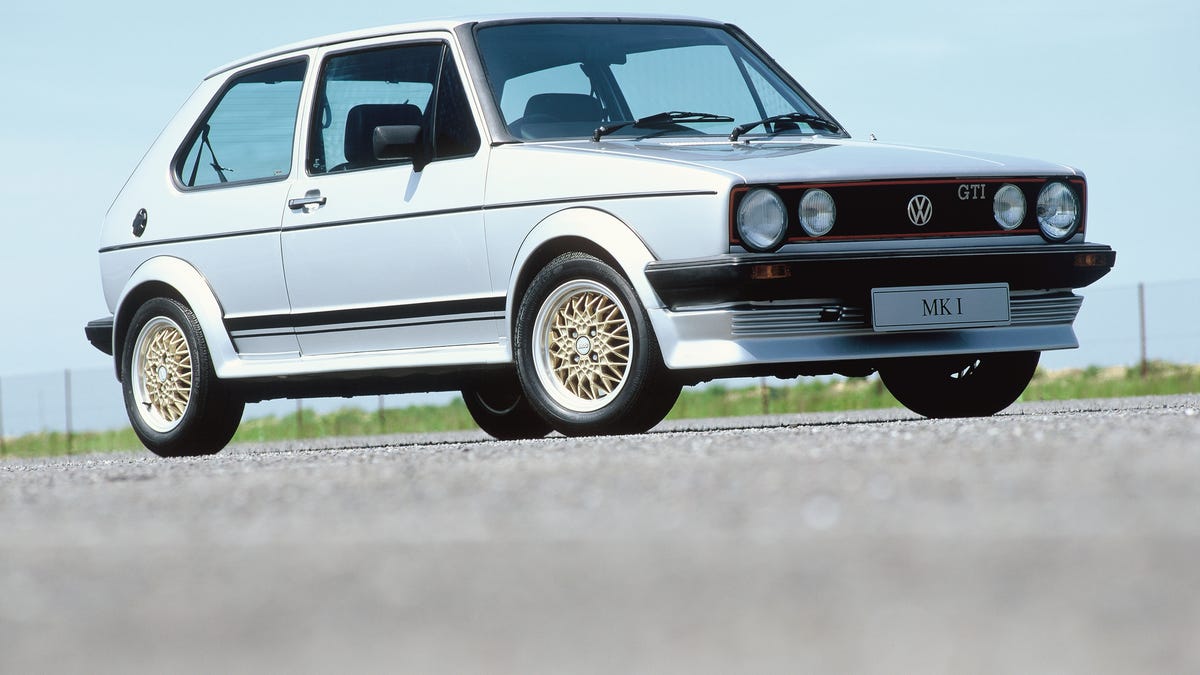Profile: Golf GTI
I've been driving Volkswagen's latest Golf GTI. It's a great car, but so different from the GTI that kicked off the sub-brand back in '75.

The seventh-generation GTI is a very grown-up car: fast, refined, sure-footed. It will no doubt be reliable and headache-free to own. But I can't help thinking that it lacks the pizazz of the first-generation GTI, and I think I know why.
The original GTI wasn't built because Volkswagen had a reputation to live up to, or because a product planner decided a GTI model would sell. In fact, almost the opposite is true: in the early '70s Volkswagen was known only for rather old-fashioned air-cooled machinery with no sporting pretensions whatsoever. The GTI was pieced together by a bunch of petrolhead engineers as a Saturday morning "skunk works" project, against the instructions of Ernst Fiala, the head of engineering. It was only when they presented him with a prototype built on the sly and asked him to drive it that Fiala started to see the potential.
Even then, the Volkswagen management wasn't at all sure the "über-Golf" would sell. It tentatively agreed to a production run of 5,000 so that the GTI could be homologated for Group 1 racing and rallying, and hoped there wouldn't be too many still lying around unsold by the time the next-generation Golf arrived in the mid-'80s. They needn't have worried, of course. After the GTIs launch at the Frankfurt show in 1975 the first 5,000 sold in record time, and it kept on selling: after six months Wolfsburg had built 50,000. The "hot hatch" was now a thing.
That stiffly-sprung fuel-injected little hatchback with tartan seats, red stripes, jokey Golf-ball gearknob, and no brakes to speak of belongs to a long-gone era. It was left to Peugeot to produce a real replacement, with the 205GTI, while the second-generation Golf became much more grown-up. Every succeeding generation has become more sophisticated and more serious -- faster, safer and altogether better. What's lacking is the character of those original GTIs.
In a Mark 1 Golf GTI you get the impression that the car relishes every chance to squeal through a bend with its inside rear wheel cocked in the air. You get the feeling that the seventh-gen GTI would be embarrassed at the thought of doing the same.
Over the years the GTI -- and most other cars, as this is a universal problem -- has gotten bigger, more powerful, and much heavier, and that's partly what robs it of character. Some of that weight is inevitable, because it's what makes the current car far more able to look after you in an accident (you wouldn't want to hit anything solid in a '70s GTI -- or any other '70s car for that matter) but a lot of it could be designed out by using innovative materials like high-strength alloys and cleverer interior design.
Yes, the Golf GTI is great as it is. But it would be even greater if there was less of it.

